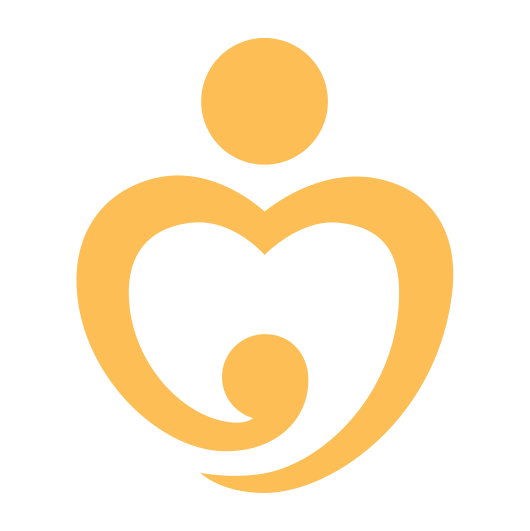
Q1 2021 Updates + Delivery
Namaste friends,
Thank you for your continued support. I am very excited to share our recent progress with you. At the beginning of the year, the number of COVID cases declined sharply in Nepal and travel restrictions were lifted. On January 20th, the first one million doses of vaccines were received. I am relieved and thankful to report that most of our frontline staff have been able to get vaccinated. As a result, our field teams have been able to resume many of the program activities on hold since 2020.
As you will see in our report, we have exceeded all our program targets for this quarter. I am so proud of the effort and dedication of our team. Additionally, five of our program districts have successfully started their transition process to the local government in Ilam, Taplejung, Khotang, Okhaldhunga, and Sankuwasabha. We have started establishing formal relationships with two new Provincial Governments (Gandaki and Province 2) in order to continue scaling our model throughout Nepal.
While we have been able to regain ground on many of our programs this quarter, we remain cautious due to a recent surge in COVID cases in neighboring India that is likely to negatively impact Nepal as well. We are however confident that our team is well-equipped to handle these upcoming challenges thanks to the lessons we learned in 2020.
Dhanyabad (Thank you) you for being on this journey with us!
Surya
Executive Director, One Heart Worldwide Nepal

Program Delivery

q1 highlights: jan - mar 2021
Successes
Improved program roll-out efficiency
Project amendment approved
New remote training programs
Challenges
COVID vaccination drive
Rise in COVID cases in neighboring India
Improved program roll-out efficiency:
Lessons learned from last year’s experiences adapting to a variety of very difficult working conditions taught us a great deal about improving our efficiency in terms of program roll out. This past quarter we reduced traveling by bundling/integrating some of our field interventions. Because we traveled less often (thanks to the integrated interventions), we were able to rent cars (instead of using public transport) which reduced the time spent traveling (and increased the time our staff had available for field work), while at the same time protecting our staff from infection in crowded public transport. We also digitized many of our internal processes to avoid administrative delays. With the lower numbers of COVID cases during Q1, these added efficiencies translated into better achievements for our field teams.
Project amendment approved by SWC:
The Social Welfare Council (SWC) approved the third amendment to our current five year project agreement which included changes in our program activities required to address the new field conditions during the pandemic. It also reflected a 6-month contract extension to March 31, 2022 to make up the delays incurred during the pandemic.
New remote training programs:
We implemented two new remote training programs this quarter. We provided technical support to the Family Welfare Division of the Government of Nepal to implement a virtual PPH prevention and management training program for 83 healthcare providers (nurses and doctors) at the district and referral hospital level. We also provided virtual coaching and mentoring to 43 medical providers (SBAs) who had received previous ultrasound training to refresh the skills and knowledge they’d gained during their original in-person training.
COVID vaccination drive:
The Government of Nepal launched a nation-wide COVID vaccination drive prioritizing frontline healthcare providers and the elderly. As a result, we adjusted our health facility-level program activities to accommodate this effort as many of our trainees are medical providers and were actively participating in this campaign.
Rise in COVID cases in neighboring India:
India’s pandemic curve, which had flattened in January and February, has recently taken a sharp upward turn since March with new more aggressive mutations of the virus. Nepal, which shares a long porous border with India, is vulnerable to a similar situation despite progress in the vaccination efforts, which is likely to result in additional lock-downs and travel restrictions during Q2.

Research & development - improving our model
+ HMIS 3.6.1
During Q1, we trained 66 nurses to use the new e-recording software. We now have a total of 86 trained nurses across all 40 health facilities in Sankhuwasabha (including the district hospital). As of April, 100% of the health facilities will be digitally recording data via HMIS 3.6.1.
+ Rural ultrasound (RUSG) training program
OHW has been working with government partners at the national level to overhaul the national RUSG training curriculum to improve the quality of obstetrics services provided in rural health facilities. We formally submitted the first draft to the Technical Working Group under the National Health Training Center for approval.
+ Special Newborn Care Units (SNCU)
Appropriate management of sick newborns is a major challenge for many district level hospitals as they often lack life-saving equipment and trained medical providers. We provided all necessary equipment and training required to establish a fully-functioning SNCU at the district hospitals in both Sankhuwasabha and Ilam.
+ Simulation-based mentorship program
To improve the quality of maternal and newborn health service delivery in rural health facilities, we worked with technical experts and government representatives to develop a new continuum of care simulation-based mentorship program for SBAs in Udayapur and Dolakha. This new training program uses a low-dose high-frequency learning approach to maximize retention. This quarter we completed setup for the skills labs and trained 10 master trainers and 12 district-level mentors. The program has since been launched in each of the municipalities where the new mentors are already connecting with local SBAs.
+ Telehealth program
We enrolled 236 new medical providers in our telehealth program for pregnant and recently delivered women. During Q1, a total of 2,851 pregnant women and 1,470 recently delivered women were contacted by medical providers in our active program districts.
+ Maternal and newborn health (MNH) helpline
We enrolled an additional 30 medical providers in our MNH helpline program. Over the past quarter, 37 emergencies have been handled with this system. While this reflects lower utilization than some previous months, it’s not altogether unexpected given the travel restrictions which are currently lifted which make referrals much easier to facilitate when necessary. Additionally, many medical providers do not feel the need to call the helpline when evacuation is easier.






